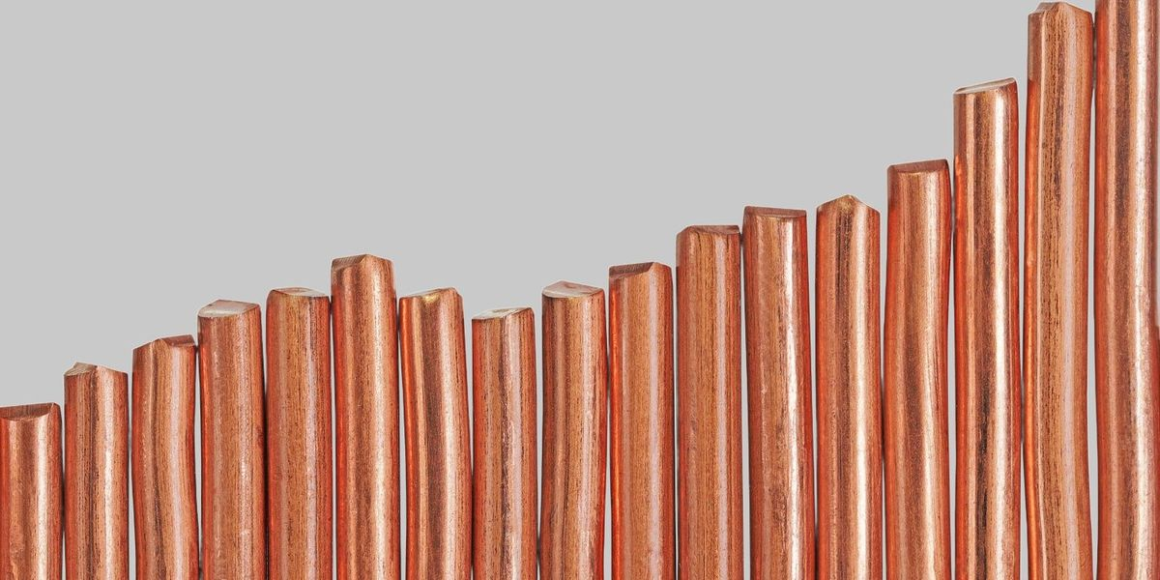Case in point — at the time of its new high in May 2024, the copper price has increased over 500 percent since January 2000. Although this impressive major increase doesn’t account for inflation, it’s still a sizeable gain. Let’s take a deeper dive into copper prices going back even further.
So what’s the best way to view historical copper prices? According to Stefan Ioannou of Cormark Securities, it’s most pragmatic to look at historical copper prices since the 1970s or 1980s.
That’s because of the rise of modern heap-leach technology. Leaching has long been used in mining operations, but the method in its modern form didn’t start gaining popularity until around 1980.
That sounds like good news for increasing copper supply, but as Ioannou noted, large-scale deposits are often low grade, meaning that they’re more costly to mine despite relatively cheap heap-leaching methods.
While Ioannou said supply and demand dynamics are the main driver for prices, grade and production costs are factors as well. Demand for copper keeps growing, and he suggested that since “the low-hanging fruit has been mined,” miners must increasingly go after more difficult, large, low-grade and costly deposits.
“The price of copper dictates how low you can go on the grade,” he said. “Back pre-1970s, I’m guessing a lot of copper was coming from a lot higher-grade mines … as we’ve been mining more and more of these large-scale deposits that are low grade, the cost on a per-pound basis has gone up.”
Interestingly, some take another view on the historical performance of the copper price.
On that scale, historical copper prices have dropped significantly since the 1910s. In 2015, Schodde told the Investing News Network by email that real copper prices had dropped about 50 percent since 1910, and that production costs have also fallen due to economies of scale and advances in mining and processing technologies.
That might not sound like good news for copper, but Schodde viewed the drop as good overall. He thinks the industry will continue to innovate in order to exploit lower-grade deposits and meet growing global demand.
Plus, it’s worth considering where you get in. Looking at the graph below from Schodde, it wouldn’t be ideal if you invested in copper back in the 1910s. It all comes down to strategy, timing and, frankly, a bit of luck.
Much later, in July 1998, prices “had fallen to their lowest level since the Great Depression,” while an earlier production boom in the 1980s led prices to fall on the back of resulting oversupply.
This is an updated version of an article originally published by the Investing News Network in 2015.
Securities Disclosure: I, Melissa Pistilli, hold no direct investment interest in any company mentioned in this article.
Editorial Disclosure: The Investing News Network does not guarantee the accuracy or thoroughness of the information reported in the interviews it conducts. The opinions expressed in these interviews do not reflect the opinions of the Investing News Network and do not constitute investment advice. All readers are encouraged to perform their own due diligence.


Leave a Reply